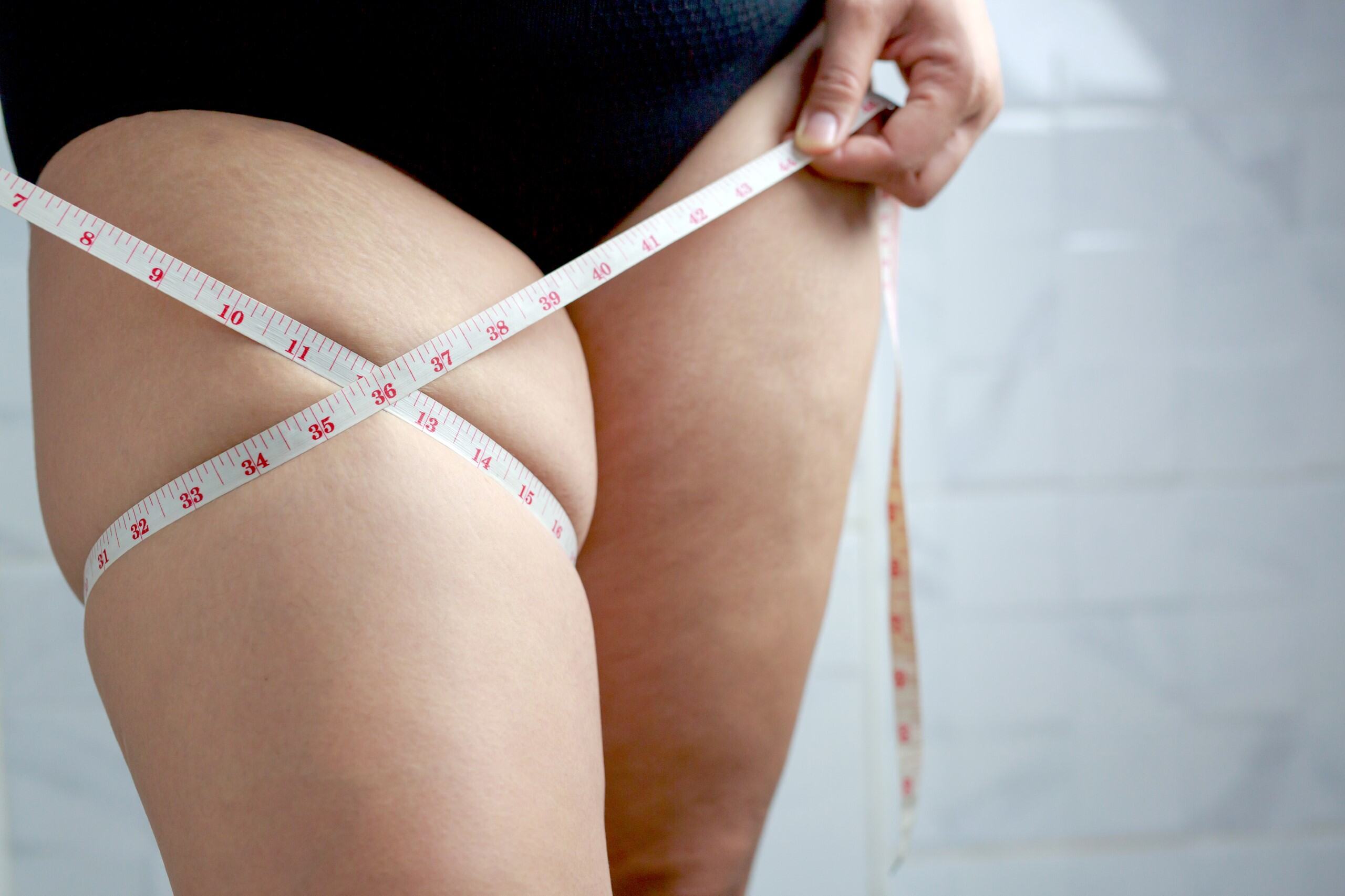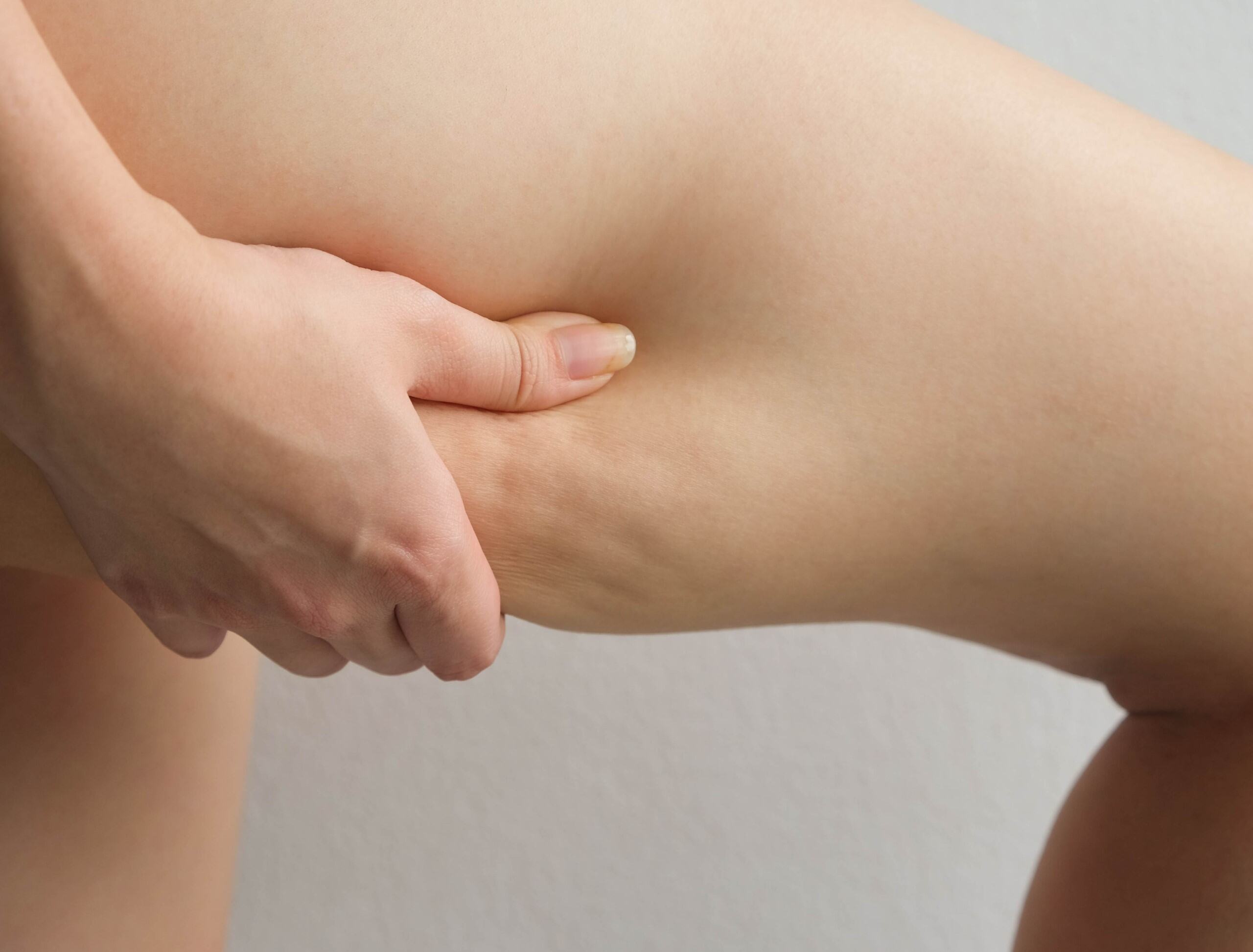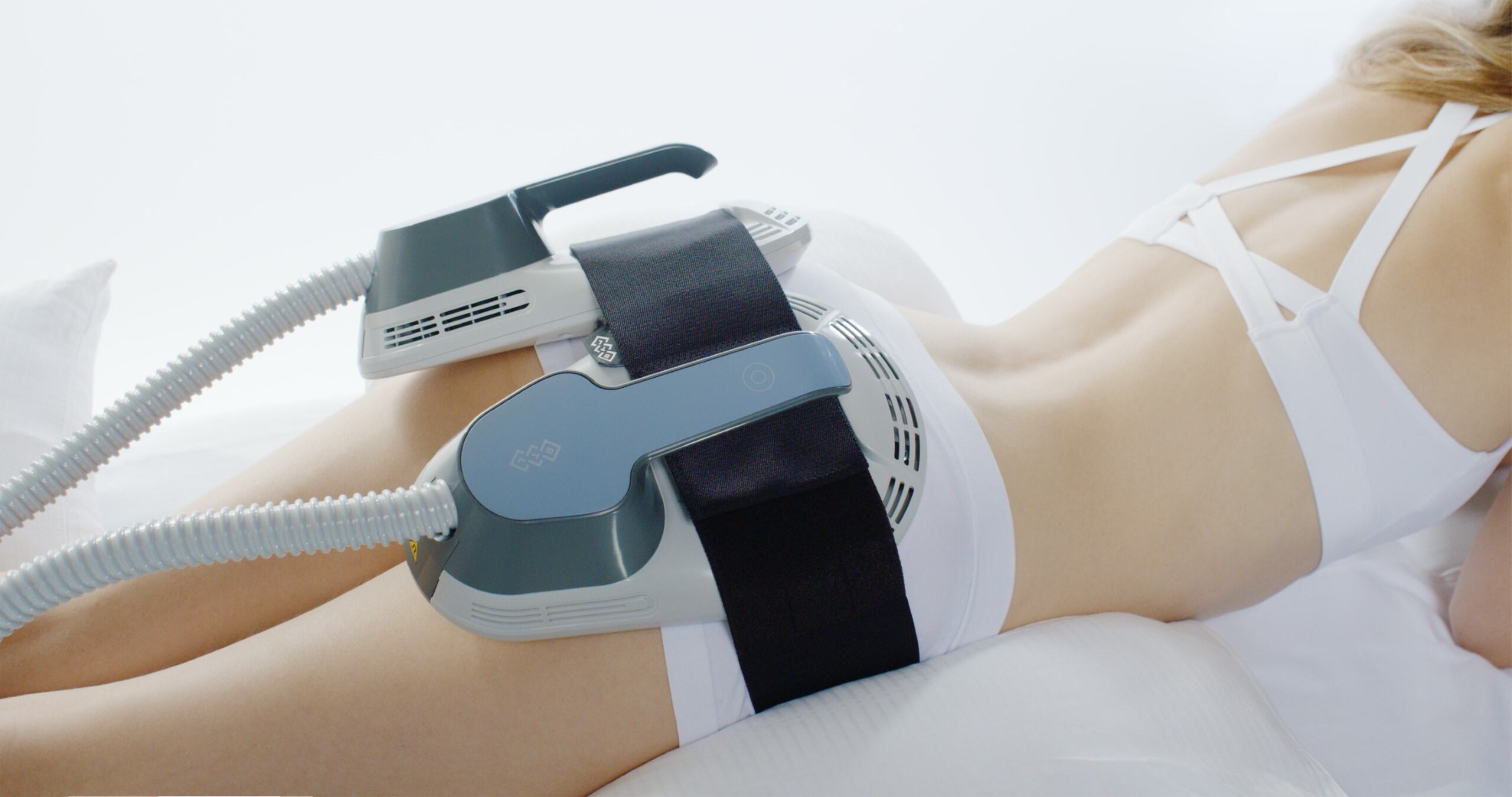Paksut reidet

Monet kamppailevat paksujen reisien ja rasvakertymien kanssa. Reisien kiinteytys voi olla haastavaa, sillä tämä kehonalue on usein altis rasvan kertymiselle ja selluliitin muodostumiselle. Paksut reidet ja paksut sääret voivat rajoittaa vaatevalintoja ja aiheuttaa epämukavuutta, kun reisien hankautuminen yhteen vaikeuttaa esimerkiksi hameiden ja shortsien käyttämistä. Reisien muotoilu voi vaatia sekä liikuntaa että erilaisia esteettisiä hoitoja, jotta reisien sisä- ja ulkosivut saadaan kiinteytymään tasapainoisesti.
Usein reisien kiinteytys kotona tai kuntosalilla vaatii johdonmukaista treenaamista ja ravintotottumusten optimointia. Tavoitteena voi olla reisien kiinteytys nopeasti, mutta on tärkeää ymmärtää, että tulokset eivät synny hetkessä. Kuitenkin yhdistämällä säännöllinen liikunta, terveellinen ruokavalio ja mahdolliset esteettiset hoidot, voidaan saavuttaa kiinteät ja kauniit reidet ilman leikkausta.
Mistä paksut reidet johtuvat?
Reisien rasvakertymät ja selluliitti voivat johtua useista eri tekijöistä:
- Ikääntyminen: Iän myötä aineenvaihdunta hidastuu ja rasva kertyy helpommin reisiin. Lisäksi kollageenin tuotannon väheneminen heikentää ihon kimmoisuutta, mikä voi johtaa reisien veltostumiseen.
- Painonvaihtelut: Nopea painonpudotus tai -nousu voi vaikuttaa ihon kimmoisuuteen ja lisätä reisien roikkuvaa ilmettä. Laihduttamisen jälkeen paksut reidet voivat olla yleinen ongelma, jos iho ei ehdi mukautua uuteen kehonmuotoon.
- Raskaus: Raskauden jälkeen paksut reidet voivat olla haaste, kun hormonimuutokset ja painonnousu vaikuttavat rasvan kertymiseen reisien alueella.
- Geenit: Perinnölliset tekijät vaikuttavat siihen, kertyykö rasvaa ensisijaisesti reisiin vai muualle kehoon. Joillakin ihmisillä reidet ovat luontaisesti täyteläisemmät, mikä voi tehdä niiden muotoilusta haasteellista.
- Liikunnan puute: Jos reisien lihaksia ei treenata, rasvakertymät reisissä voivat lisääntyä ja iho voi menettää kiinteyttään. Reisien kiinteytys kuntosalilla voi auttaa torjumaan tätä ongelmaa.
- Epäterveellinen ruokavalio: Runsaasti sokeria ja huonoja rasvoja sisältävä ruokavalio voi lisätä rasvan varastoitumista erityisesti reisiin, samalla edistäen selluliitin muodostumista reisissä.
- Nesteen kertymistä edistävät elämäntavat: Liiallinen suolan saanti ja vähäinen vedenjuonti voivat aiheuttaa turvotusta reisien alueella, saaden ne näyttämään entistä paksummilta.

Paksujen reisien eri muodot ja veltostumisen vaiheet
Reisien veltostuminen ja rasvakertymien muodostuminen voi tapahtua eri tavoilla:
- Lievä veltostuminen: Ihon kimmoisuus on heikentynyt, mutta rasvakertymiä ei ole merkittävästi. Tämä voi johtua ikääntymisestä tai lihaskunnon puutteesta. Lievä veltostuminen voi näkyä reisien pinnassa pienenä epätasaisuutena, mutta sitä voidaan ehkäistä säännöllisellä liikunnalla ja terveellisellä ruokavaliolla.
- Reisien sisäosien veltostuminen: Rasvakertymiä kertyy erityisesti sisäreisiin, jolloin ne hankaavat yhteen. Tämä voi aiheuttaa epämukavuutta ja ihoärsytystä, erityisesti lämpiminä vuodenaikoina. Tällainen rasvakertymä on usein geneettistä, mutta sitä voidaan hallita oikeilla harjoituksilla ja hoidoilla.
- Reisien ulkosivujen veltostuminen: Reisiin kertyy ns. "ratsupaikat", jotka voivat vaikuttaa jalkojen muotoon. Tämä voi vaikeuttaa reisien kiinteytyksen tavoittelua ilman erityisiä treenimuotoja. Ulkosivujen rasvakertymät voivat myös johtua huonosta verenkierron toiminnasta, mikä voi pahentaa selluliitin muodostumista.
- Merkittävä roikkuvuus: Suuret painonvaihtelut tai ikääntyminen ovat johtaneet reisien ylimääräisen rasvan ja ihon kertymiseen. Tämä voi vaatia esteettisiä hoitoja kiinteytyksen tueksi. Ihon venyminen voi myös tehdä reisien muotoilusta hankalampaa, sillä pelkkä liikunta ei aina riitä palauttamaan ihon kimmoisuutta.
Selluliitti reisissä on yksi yleisimmistä ongelmista reisien muotoilussa. Se vaikuttaa sekä reisien sisäosiin että ulkosivuihin ja sen hallintaan vaaditaan yhdistelmä liikuntaa, ruokavalion optimointia sekä mahdollisia esteettisiä hoitoja.

Tehokkaat hoidot paksuille ja veltostuneille reisille
Jos reisien kiinteytys kotona tai kuntosalilla ei tuo haluttuja tuloksia, on olemassa tehokkaita esteettisiä hoitoja:
- EMSCULPT NEO: Tämä laitehoito yhdistää kaksi energiamuotoa, synkronoidun RF:n (radioaaltotaajuus) ja HIFEM™: n, jotta rasvan poisto ja lihasten rakentaminen voivat tapahtua samanaikaisesti.
- EXION Body: Käyttää kohdennettua ultraääntä ja monopolaarista radiofrekvenssiä ja stimuloi hyaluronihapon, kollageenin ja elastiinin tuotantoa. Rasvakudokseen kohdistuva lämpö saa aikaan rasvan apoptoosin ja vähentää rasvakudoksen määrää vaikeasti saavutettavilla alueilla.
- EMTONE: EMTONE vähentää selluliittia, kiinteyttää ihoa ja parantaa verenkiertoa, jolloin reidet näyttävät hoikemmilta ja tasaisemmilta.
- EMSCULPT NEO + EXION Body: Yhdistelmähoito on paras tapa nähdä tuloksia! EMSCULPT™ NEO lihasten rakentamiseen, rasvan polttamiseen ja kiinteytykseen, minkä jälkeen EXION™ Body tasoittaa selluliittia, auttaa poistamaan paikallisia rasvakertymiä, lisää hyaluronihapon, kollageenin ja elastiinin tuotantoa alueella.
- Kryolipolyysi: Hyödynnetään kylmää rasvasolujen tuhoamiseen, vähentäen paikallisia rasvakertymiä reiden alueella.
- Selluliittihoidot: Erilaiset hierontatekniikat ja laitehoidot voivat auttaa tasoittamaan selluliittia.
Oikean hoitomuodon valinta riippuu ongelman vakavuudesta ja omista tavoitteista. Konsultaatio asiantuntijan kanssa auttaa löytämään sopivimman vaihtoehdon reisien muotoiluun ja kiinteytykseen.
MESQ®
DoctusPlus Oy:n aputoiminimi
Yritys
DoctusPlus Oy
Y-tunnus
3154088-6
Käyntiosoite
Itämerenkatu 11-13 F, 00180 Helsinki
Puhelin
Sähköposti
Aukioloajat
Ma – Pe 11:00 – 19:00